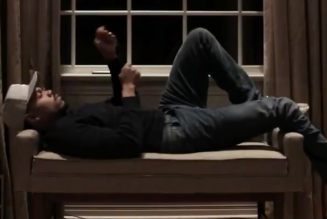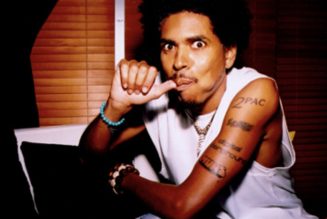
“I remember Adrian Belew [songwriter and studio musician] saying to me, ‘Cyn, what happened to the girl that wanted to have fun?'” she recalls of a conversation she had while in the process of writing new music at the time. “He was looking for that fun thing, and he was right — it kind of wasn’t there, you know? But I didn’t want to write ‘Girls Just Wanna Have Fun Part 2’ — because I was afraid if I did, I would be stuck there forever.”
Instead, Lauper delivered True Colors, her 10-track 1986 sophomore album that proved to be a metamorphosis in her career which celebrates its 35th anniversary on Friday this year. To celebrate the anniversary, Lauper is sharing two new tracks with fans — a remix of the hit title track, produced with legendary DJ Junior Vasquez, along with that single’s original B-side, “Heading For the Moon.”
The album marked a departure from Lauper’s debut — gone were the new wave, rock-infused singles touting a rebellious spirit and oddball attitude, now replaced with an introspective, inspirational set of songs, designed to position Lauper as an artist with a cause. “It was stressful, because I wanted it to be okay,” she says. “You know, I didn’t want the sophomore jinx thing. But it turned out to be an extraordinary experience.”
One of the first songs Lauper conceived for the record was “A Part Hate,” a simmering indictment of apartheid, South Africa’s institutionalized policy of racial segregation that eventually came to an end in the early 1990s. But her then-executive producer Rick Chertoff told her that he didn’t think it would be a good idea to have such an overtly political song on the album.
“He said, ‘It’s all or nothing.’ So I said okay,” she says of speaking with Chertoff about the song (“A Part Hate” would eventually appear on Lauper’s fourth studio album, Hat Full of Stars) “And then all of a sudden, I wasn’t supposed to be talking to Rob [Hyman] or Eric [Bazilian] or any of that. So I was like, ‘Okay, I’m starting again.'”
It was a symptom of what Lauper describes as a larger problem happening within her own label at the time. Portrait Records, the Epic Records imprint Lauper was signed to, was just a year away from shuttering (Lauper would eventually be folded into the Epic roster), while executives like Epic general manager Donald Dempsey — who Lauper says she had a particular fondness for — were on their way out. All of a sudden, Lauper felt as though the team she had worked with to become a star was suddenly disbanding.
“That was a big kind of hole in my whole life,” Lauper says. “You have all of these people who groom you, and you work with them, and they teach you, but these companies, they looked at those kinds of people, the executives, as disposable. For me, as an artist, it was a heartbreak, you know, because then you have to deal with someone else who really has their own agenda.”
So, as she told Chertoff, Lauper started again, recruiting Lennie Petze to help her co-produce the album. “Thank goodness he was there, you know, because he was my rock,” she adds with a laugh. Together, the pair set out to produce a collection of songs that would not only capture the sort of wide-ranging sound that Lauper wanted to present to her audience, but would also serve as a piece of art in which Lauper could speak her mind.
Lauper recalls getting to work with icons she looked up to, from photographer Annie Leibovitz who shot the cover art, to the Piano Man himself Billy Joel, who appears on the track “Maybe He’ll Know,” offering up some backing vocals with a little 1950s flair. “He’s a really great guy and a great artist,” she says, laughing. “I mean when he sang ‘Maybe He’ll Know,’ to hear him do all that stuff… that was like the doo-wop s–t that people heard on the street corners, you know?”
While the making of the record turned out to be a harder task then she’d originally hoped (“I had two people in my band I absolutely loved, I didn’t get along with the other people in my band,” she laments), the end result managed to be exactly what she’d aimed for — a collection of artistic songs establishing Lauper as an artist with a clear point of view. While it may not have achieved the dominant sales of her debut, True Colors still went double platinum, and reached No. 4 on the Billboard 200. “It was proof that your journey goes along with the music, if you can have the courage to say it,” she says.
Of all the tracks off her second album, though, title track “True Colors” is the one that has stood the test of time. With its sweeping melody and motivational message of accepting yourself as you truly are, “True Colors” (penned by certified hitmakers Billy Steinberg and Scott Kelly) became Lauper’s second No. 1 single on the Billboard Hot 100, and one of her most omnipresent songs to date.
Lauper remembers the concept of the song coming to her after a friend of hers had been diagnosed with AIDS, during the height of the HIV/AIDS epidemic of the ’80s and ’90s. Seeing the way that people treated him, simply for who he was and the disease he had, put Lauper in a position to do something about it. “I saw what was happening at that time as an infringement of people’s civil rights,” she says. “Being a friend and family member of the community, I just said, ‘You know what, I’m not going to be silent.'”
“True Colors” went on to become something of an anthem for the LGBTQ community, with many using it as a rallying cry, while others saw it as a song that spoke to the coming out process. The connection between the song and the community was so strong, in fact, that it ultimately led Lauper to found her own non-profit advocacy group, True Colors United, alongside her management team Lisa Barbaris and Jonny Podell, to help bring and end to LGBTQ youth homelessness.
For Lauper, that’s exactly the kind of a legacy that she had hoped True Colors would leave behind — one of actual, real change in a world where that can often come as a rarity. “You kind of look back at it and you feel like, ‘Oh my God, it was just a blink ago,'” she says, chuckling to herself. “But it turned out to be more than just this healing song that I heard that Billy and Tom wrote, or a sophomore album. It turned out to be a whole kind of movement. And that’s amazing.”

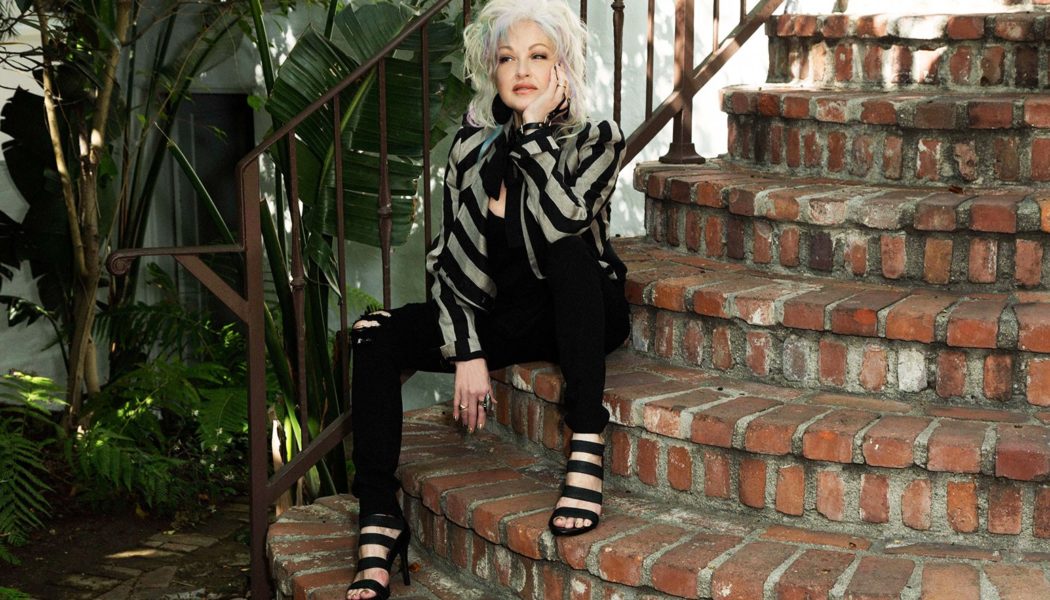

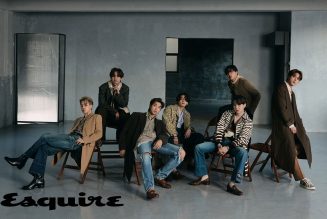
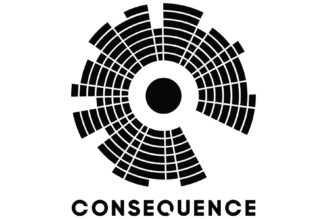

![Hip-Hop Wired Presents: CRT FRSH [Certified Fresh] Playlist 10.29.31](https://www.wazupnaija.com/wp-content/uploads/2021/10/hip-hop-wired-presents-crt-frsh-certified-fresh-playlist-10-29-31-327x219.jpg)

